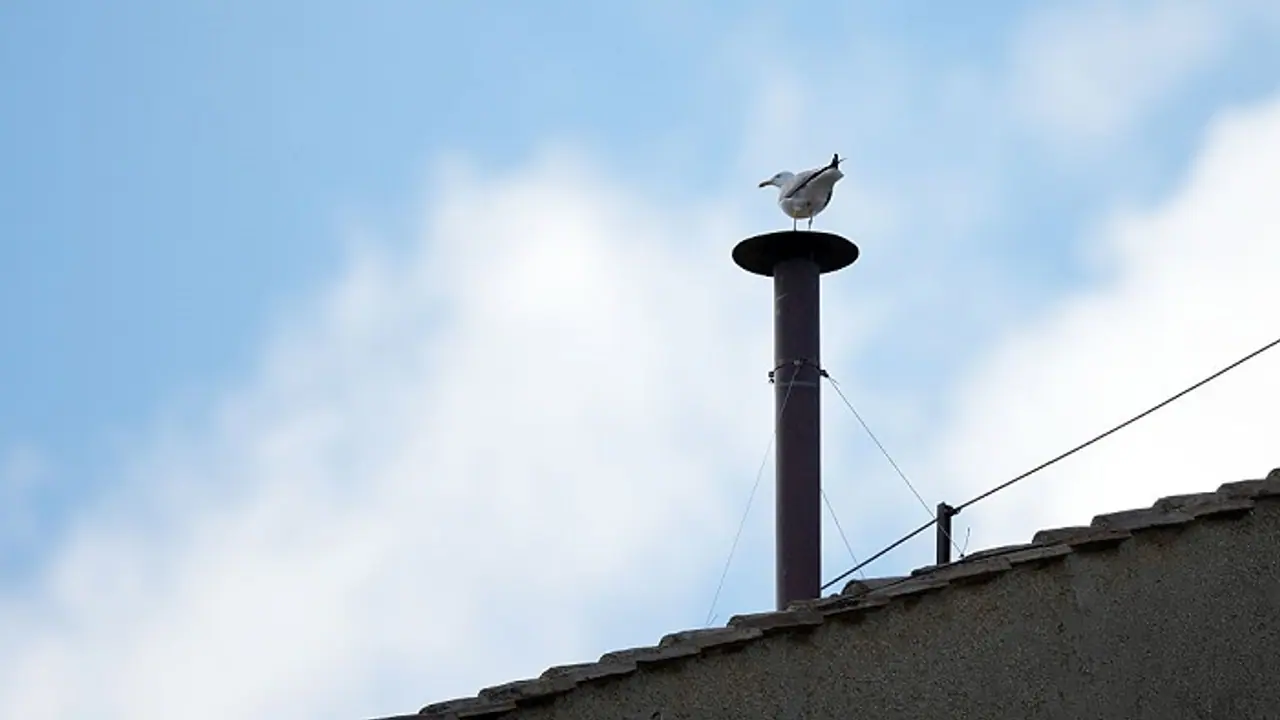The process of choosing a new pontiff is both deeply symbolic and steeped in centuries-old tradition.
The suspense in Vatican City continued Thursday (May 8) morning as black smoke once again rose from the chimney of the Sistine Chapel, signaling that the College of Cardinals had failed to elect a new pope after two additional rounds of voting.

In a brief moment of confusion, the plume initially appeared to be white, prompting gasps in the press room and murmurs in St. Peter's Square. But the color quickly clarified — it was unmistakably black. The signal confirmed that consensus remained elusive on Day 2 of the conclave, with no cardinal securing the two-thirds majority, or 89 out of 133 votes, required to become the next leader of the Roman Catholic Church.
The 133 cardinal-electors reconvened early Thursday morning in the Sistine Chapel under strict seclusion — all communication with the outside world severed to maintain the integrity and secrecy of the sacred process. The first day of voting on Wednesday also ended without a result, marked by a similar black smoke signal.
This is the most globally diverse conclave in the Church's 2,000-year history, with cardinals from across Africa, Asia, Latin America, Europe, and North America participating.
The voting procedure is steeped in centuries-old tradition. Each cardinal inscribes his chosen candidate’s name on a ballot bearing the phrase "I elect as Supreme Pontiff." Then, in a solemn procession, they approach the altar one by one and declare, "I call as my witness, Christ the Lord who will be my judge, that my vote is given to the one who, before God, I think should be elected." The folded ballots are placed on a plate and tipped into a ceremonial urn made of silver and gold.


